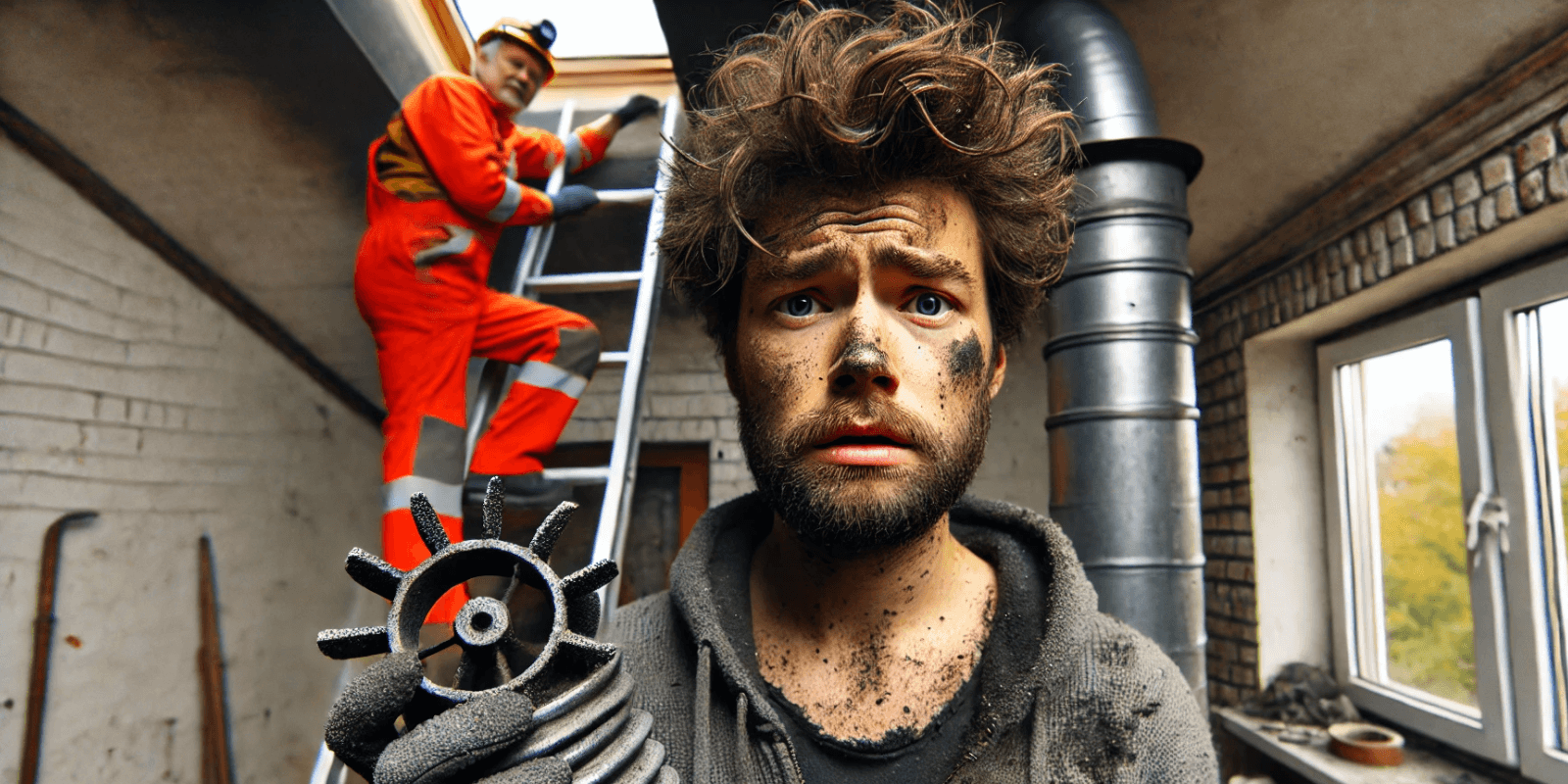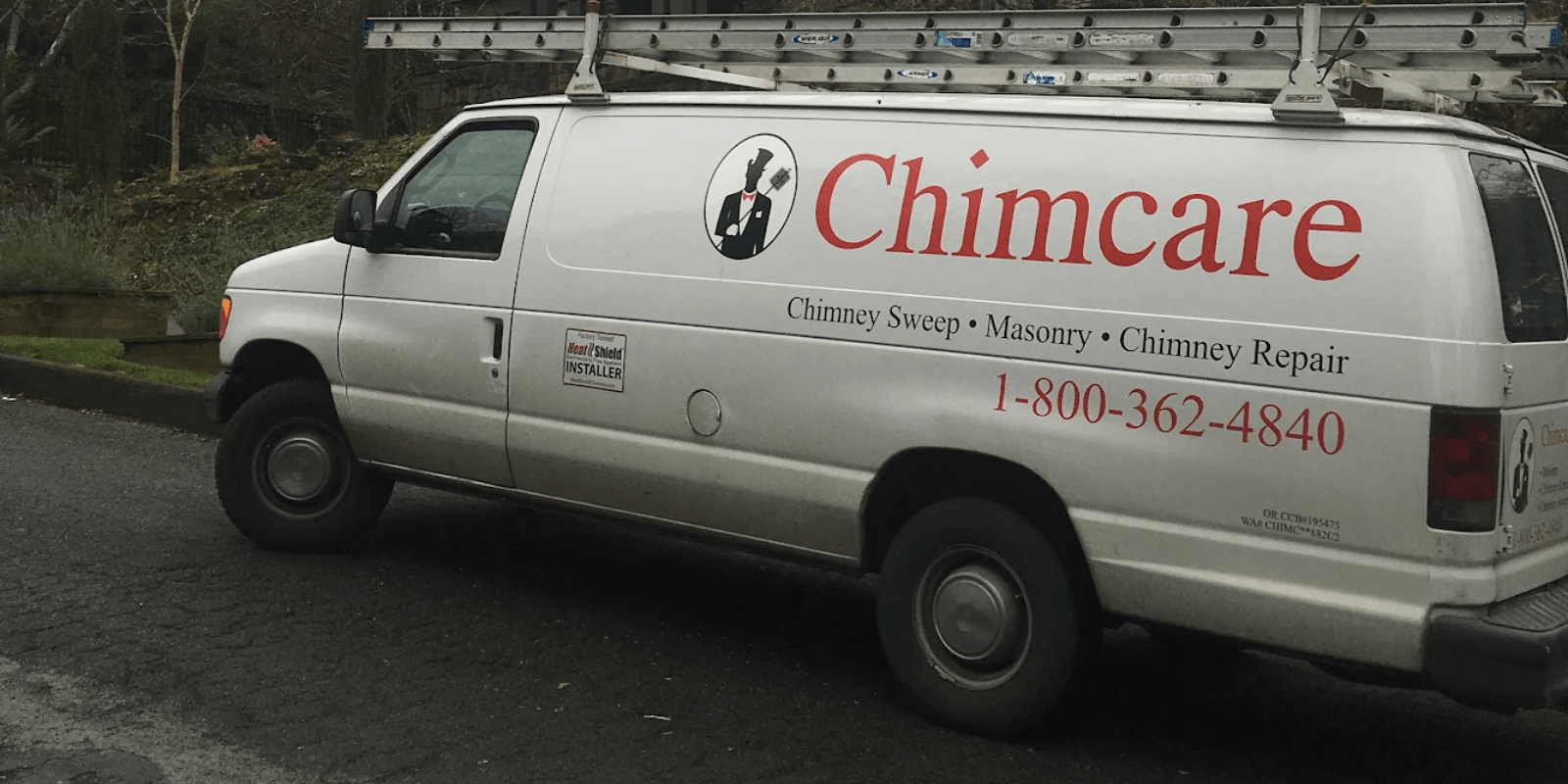Introduction
In today’s world, where DIY projects are gaining popularity, many homeowners are taking on tasks traditionally left to professionals. From painting to flooring installation, the internet has made it easier to acquire new skills and save money. However, certain maintenance tasks, such as chimney sweeping, should be handled by experts. Despite the seemingly simple nature of chimney cleaning, it involves significant risks and complexities. In this article, we’ll explore why DIY chimney sweeping can be dangerous and why hiring a professional is the smarter choice.
The Importance of Chimney Maintenance
Before discussing the risks of DIY chimney sweeping, it’s essential to understand the significance of regular chimney maintenance. A well-maintained chimney is crucial for the safe and efficient operation of fireplaces and wood-burning stoves. Over time, chimneys accumulate creosote, a highly flammable substance resulting from wood smoke condensation. If not cleaned, creosote buildup can lead to chimney fires, causing extensive home damage and endangering lives. Regular chimney cleaning also helps prevent issues such as:
- Carbon monoxide buildup: A blocked chimney can cause dangerous gases, including carbon monoxide, to back up into your home.
- Reduced efficiency: A dirty chimney doesn’t draw smoke and gases effectively, leading to poor heating performance and increased fuel consumption.
- Structural damage: Accumulated soot and creosote can corrode chimney liners and masonry over time.
- Wildlife intrusions: Regular maintenance helps identify and prevent animals from nesting in your chimney.
Common Misconceptions About DIY Chimney Sweeping
Many homeowners underestimate the complexity of chimney sweeping, leading to several common misconceptions:
- “It’s just like cleaning a big pipe”: Chimneys are complex structures with multiple components that require careful attention.
- “I can see if it’s clean, so I know when I’m done”: Visual inspection from the firebox or roof often misses hidden deposits or damage deeper within the chimney.
- “Any brush will do”: Using the wrong tools can damage your chimney or fail to remove all the creosote and debris effectively.
- “I’ve watched online tutorials, so I’m prepared”: Videos can be informative but can’t replace the hands-on experience and specialized knowledge of a professional.
- “It’s a once-a-year job, so it can’t be that difficult”: Proper chimney maintenance involves more than annual cleaning; it requires understanding building codes, fire safety regulations, and the ability to identify potential structural issues.
Risks Associated with DIY Chimney Sweeping
Personal Safety Hazards
- Fall risks: Climbing onto roofs and working at heights without proper safety equipment can lead to serious injuries or fatalities.
- Respiratory issues: Without proper protective gear, inhaling soot, creosote, and other harmful particles can cause respiratory problems.
- Eye and skin irritation: Chimney debris can cause severe irritation if it contacts eyes or skin.
Inadequate Cleaning
- Missed spots: Inexperienced DIYers may fail to clean hard-to-reach areas, leaving dangerous creosote buildup.
- Improper techniques: Using incorrect cleaning methods can compact creosote, making it harder to remove in the future.
Structural Damage
- Liner damage: Overzealous cleaning or using the wrong tools can damage the chimney liner, leading to expensive repairs.
- Masonry damage: Improper cleaning techniques can harm the bricks and mortar of your chimney.
Failure to Identify Issues
- Missed cracks or deterioration: Professionals are trained to spot early signs of structural problems that an untrained eye might miss.
- Overlooking code violations: DIYers may not be aware of current building codes and safety standards related to chimneys.
Legal and Insurance Implications
- Voided warranties: Some chimney component warranties may be voided if not maintained by a certified professional.
- Insurance claim denials: In case of a chimney fire, insurance companies might deny claims if the chimney wasn’t professionally maintained.
Environmental Concerns
- Improper disposal: Professional chimney sweeps know how to properly dispose of creosote and other waste, which can be harmful to the environment if not handled correctly.
Professional Chimney Sweeping: What It Entails
When you hire a certified chimney sweep, you’re not just paying for cleaning; you’re investing in a comprehensive service that includes:
Thorough Inspection
- Visual check: Professionals use special cameras to inspect the entire length of the chimney, including areas not visible from the top or bottom.
- Structural assessment: They check for cracks, loose bricks, and signs of water damage.
- Flue liner examination: The integrity of the flue liner is crucial for chimney safety and is carefully inspected.
Professional-Grade Cleaning
- Specialized tools: Pros use brushes, rods, and vacuums designed specifically for chimney cleaning.
- Creosote removal: They have techniques to effectively remove even glazed creosote, which is challenging to clean.
- Careful debris management: Professionals ensure that soot and debris don’t enter your home during the cleaning process.
Safety Checks
- Carbon monoxide detectors: They ensure your detectors are working correctly and placed in appropriate locations.
- Chimney cap inspection: They check and, if necessary, repair or replace chimney caps to prevent animal intrusions and water damage.
- Damper functionality: The damper is checked and adjusted for proper operation.
Expert Advice
- Usage recommendations: Based on their inspection, professionals can advise on how to use your fireplace or wood stove more efficiently and safely.
- Maintenance tips: They provide guidance on maintaining your chimney between professional cleanings.
- Repair recommendations: If issues are found, they can recommend and often perform necessary repairs.
Documentation
- Detailed reports: Professional sweeps provide written reports of their findings and services performed, which can be valuable for insurance purposes and future reference.
Cost Comparison: DIY vs. Professional
While DIY chimney sweeping might seem more cost-effective at first glance, it’s important to consider the full financial picture:
DIY Costs
- Equipment: Proper brushes, rods, and safety gear can cost hundreds of dollars.
- Potential repair costs: If you damage your chimney, repairs can run into thousands of dollars.
- Medical expenses: Possible injuries from falls or respiratory issues can lead to significant medical bills.
- Time investment: The hours spent learning and performing the task have value too.
Professional Costs
- Service fee: Generally ranges from $125 to $350 depending on your location and chimney type.
- Peace of mind: Knowing the job is done correctly and safely.
- Potential savings: Early detection of issues can prevent costly repairs down the line.
- Insurance benefits: Some insurers offer discounts for professionally maintained chimneys.
When factoring in the potential risks and hidden costs of DIY, professional chimney sweeping often proves to be the more economical choice in the long run.
When to Call a Professional
While annual professional inspections are recommended for all chimneys, there are specific situations that demand immediate professional attention:
- After a chimney fire: Even if it was a small fire, a thorough inspection is crucial.
- When you notice unusual odors: Persistent smoky smells could indicate a problem.
- Poor draft: If smoke isn’t being drawn up the chimney effectively, it’s time for an inspection.
- Visual signs of damage: Cracks in the masonry, loose bricks, or damaged flashing require professional assessment.
- Animal sounds: If you hear critters in your chimney, a pro can safely remove them and prevent future intrusions.
- Before buying a home: Always have the chimney inspected as part of your home purchase process.
- When changing heating appliances: If you’re installing a new stove or inserting a fireplace, professional guidance is essential.
Conclusion
While the DIY spirit is admirable, chimney sweeping is one area where professional expertise truly shines. The risks associated with DIY chimney cleaning – from personal safety hazards to potential property damage – far outweigh any perceived cost savings. Professional chimney sweeps bring not only the right tools and techniques but also a wealth of knowledge that can help keep your home safe and your heating system efficient.
By investing in professional chimney maintenance, you’re not just cleaning a chimney; you’re protecting your home, ensuring your family’s safety, and potentially saving money on future repairs. Remember, when it comes to the complex task of chimney sweeping, it’s always better to be safe than sooty. Trust the experts to keep your hearth and home in top condition, and enjoy the warmth and comfort of your fireplace with peace of mind.





